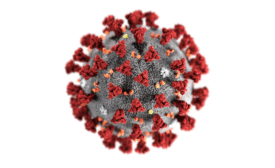Peter R. Knight
Peter Knight is a partner at the law firm Robinson + Cole's Environmental, Energy + Telecommunications Group, where he focuses on litigation, defense of agency enforcement actions, and regulatory matters. Read more about Peter.
ARTICLES
Get our new eMagazine delivered to your inbox every month.
Stay in the know on the latest safety trends.
SUBSCRIBE TODAYCopyright ©2024. All Rights Reserved BNP Media.
Design, CMS, Hosting & Web Development :: ePublishing



